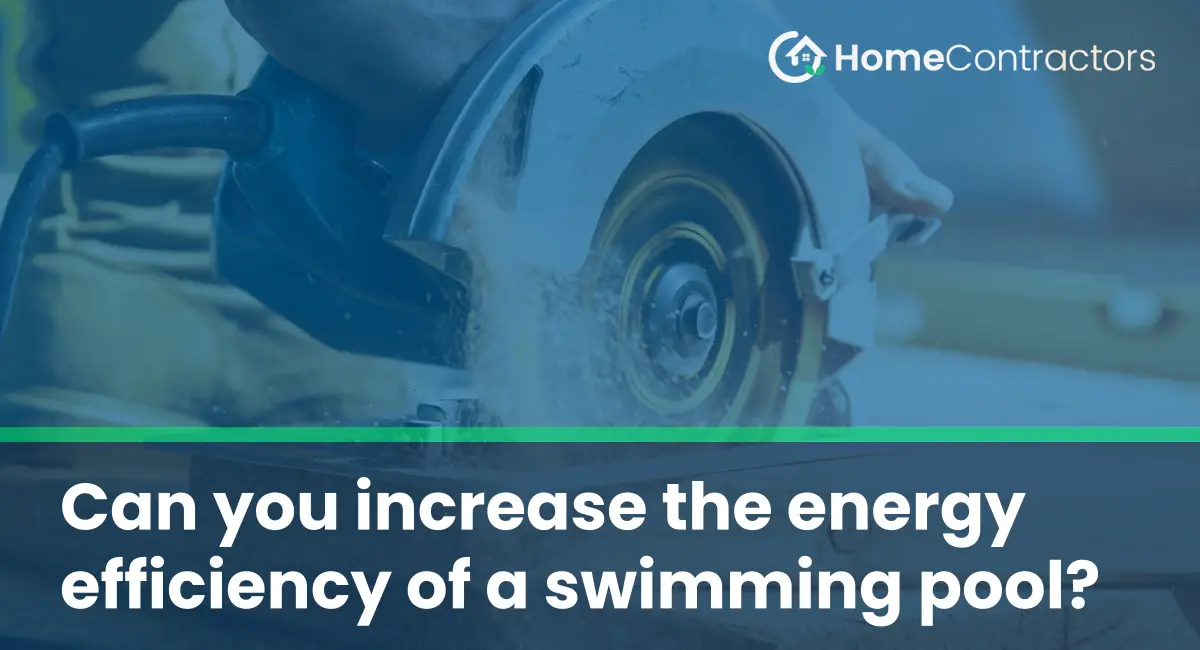Swimming pools are an oasis of relaxation and enjoyment, but they can also consume a significant amount of energy if not properly managed. The good news is that there are various steps you can take to increase the energy efficiency of a swimming pool, reducing both your carbon footprint and your utility bills. This article will explore some practical measures to optimize energy usage in pools, with a focus on both residential and commercial installations.
Understanding the Energy Consumption of Swimming Pools
To effectively improve the energy efficiency of a swimming pool, it is crucial to first comprehend the major factors contributing to energy consumption. The following areas are primary culprits:
1. Pump Efficiency:
Pool pumps are vital for circulating and filtering water but can be energy-intensive. Older pumps tend to consume more electricity compared to modern, variable-speed pumps. Evaluating and upgrading your pool’s pump system can significantly impact energy efficiency.
2. Heating and Cooling:
Maintaining comfortable water temperatures and preventing energy loss from evaporation are key considerations for energy efficiency. Optimizing heating and cooling systems, such as using solar pool covers or heat pumps, can reduce energy usage.
3. Lighting:
Pool lighting not only ensures safety but also contributes to ambiance and aesthetics. However, traditional incandescent bulbs are energy hogs. Switching to energy-efficient LED lighting or low-voltage options can significantly reduce energy consumption.
Practical Steps to Improve Pool Energy Efficiency
1. Upgrade to Variable-Speed Pumps:
Older single-speed pool pumps can consume excessive energy, running at a constant high speed even when unnecessary. Switching to variable-speed pumps allows adjusting the speed based on the pool’s requirements, reducing energy consumption up to 80% compared to traditional pumps.
2. Utilize Solar Pool Covers:
Covering the pool when not in use with a solar pool cover helps retain heat, reducing the need for heating. These covers harness solar energy to warm the water naturally during the day and minimize overnight heat loss. It can lead to significant energy savings and a more comfortable swimming environment.
3. Invest in Energy-Efficient Heating Systems:
Highly efficient heat pumps and solar heating systems are excellent alternatives to conventional gas or electric heaters. Solar heating harnesses renewable energy from the sun, while heat pumps utilize the ambient air or water to heat the pool more efficiently. Both options substantially reduce energy consumption.
4. Opt for LED or Low-Voltage Lighting:
Traditional incandescent lighting consumes substantial amounts of energy. Replacing them with energy-efficient LED or low-voltage lighting not only reduces energy consumption but also improves durability and provides more vibrant and customizable lighting options.
5. Implement Smart Controls and Automation:
Integrating smart controls, such as timers and automated systems, allows for optimized operation of pumps, heaters, and other equipment. These systems can regulate energy usage by adjusting schedules based on pool usage patterns, weather conditions, and other factors, ultimately reducing energy waste.
Benefits of Energy Efficiency in Swimming Pools
1. Cost Savings:
By implementing energy-efficient measures, pool owners can achieve notable reductions in energy bills. Upgrading to variable-speed pumps, utilizing solar covers, and opting for efficient heating systems all contribute to long-term cost savings.
2. Environmental Sustainability:
Reducing energy consumption in swimming pools helps lower greenhouse gas emissions and lessen the overall environmental impact. By employing energy-efficient practices, pool owners can contribute to a greener future.
3. Increased Pool Lifespan:
Efficient pool operation not only saves energy but also reduces wear and tear on equipment. Well-maintained equipment lasts longer and requires fewer repairs or replacements, leading to extended pool lifespan and reduced material waste.
Increasing energy efficiency in swimming pools is a win-win situation for both pool owners and the environment. By implementing practical steps such as upgrading to variable-speed pumps, utilizing solar covers, investing in efficient heating systems, and optimizing lighting, pool owners can achieve significant energy savings and enjoy a more sustainable pool. The benefits of reduced carbon footprint and lower utility bills are further incentives to take these necessary measures for an energy-efficient swimming pool.
